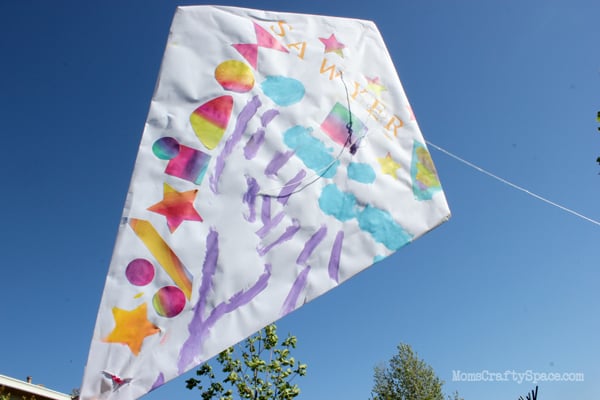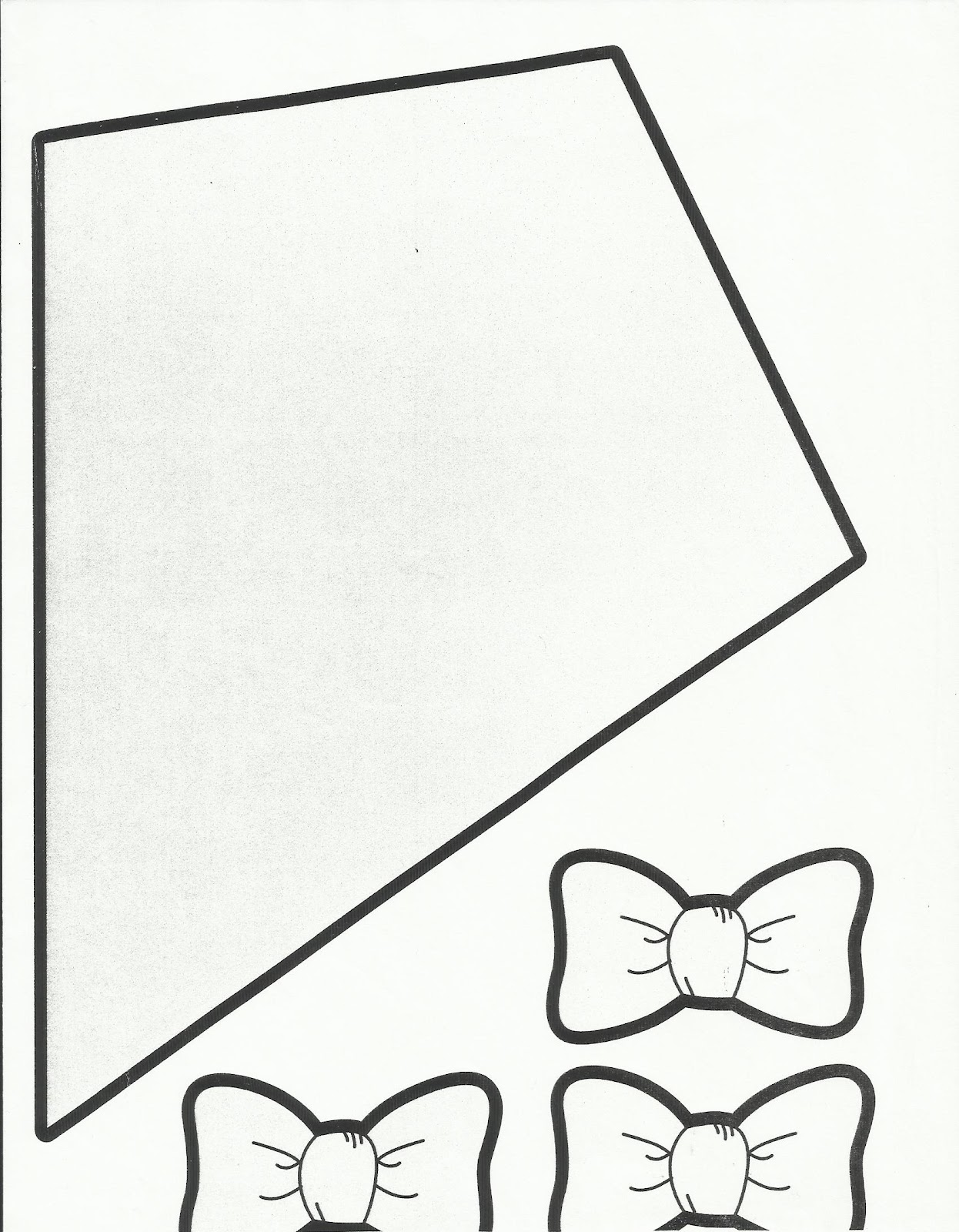Hat and Mask Making
by: Jason Tan Liwag
Materials:
- Colored Paper
- String/Yarn
- Coloring Materials
- Glue
- Scissors
- Puncher (optional)
Methods:
- Ask your kid what type of head wear he/she would like or what kind of mask he/she would like
- Cut out a mask /hat/tiara of similar shape
- Decorate it with your kid
- Punch a hole on the ends of the mask and tie a yarn to those ends
When is the Structured Activity Perfect for:
All year round
Type of Output of the Structured Activity:
Material Output? Arts and Crafts
Level of Difficulty:
Easy (less than 30 minutes)
Gender Applicability:
Both
Age Group:
0-15 (difficult for 1 year old and below)
Possible Alternative Materials:
Any material you deem fit as long as it is usable and within your budget
Problems Previously Encountered:
- Mask can deteriorate easily if kid sweats a lot
- Hat/mask may not properly be placed ontop of the kid's head/on his face so make sure it fits and it isn't too loose or too tight.
- Perfect for Halloween
Samples
Better to create hats/headwear/tiaras based on your child's favorite Disney character (even if that character doesn't wear a hat)
Links
Links
http://www.livinglocurto.com/wp-content/uploads/2011/04/tiara-printable-photo-260x260-fs-0004.jpg
http://t2.gstatic.com/images?q=tbn:ANd9GcRCzhv1DAq6ezdc1gnnM0YGIyFCqZDzDh4lV
sonopRWpE1IwplHKA
https://www.flickr.com/photos/toyrescue/5168396978/




